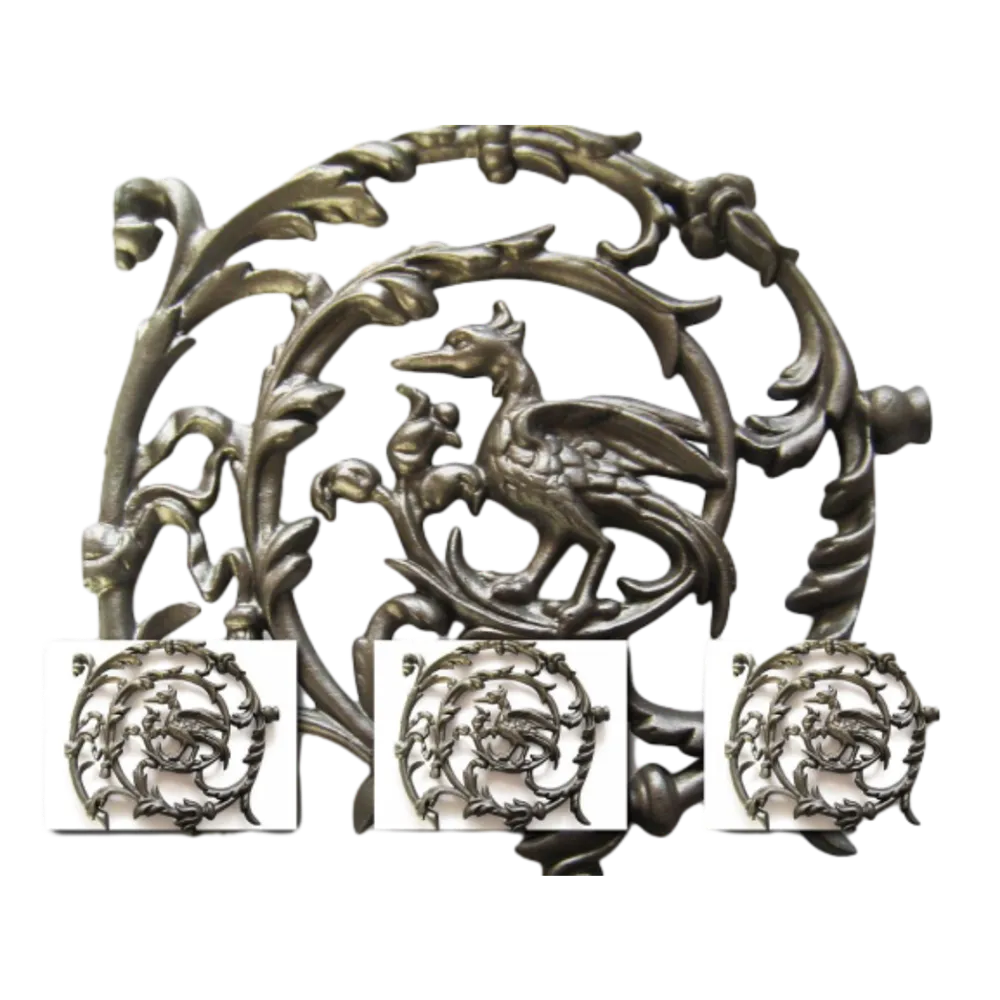Exploring the Benefits and Applications of Iron Panels in Modern Construction
The Rising Popularity of Iron Panels in Modern Architecture
In the realm of architecture and construction, trends often come and go, influenced by the ever-changing preferences of builders, designers, and homeowners. One such trend that has gained significant traction in recent years is the use of iron panels. These sturdy, durable, and versatile materials are transforming the way structures are designed, offering both aesthetic appeal and practical benefits.
Historical Context
The use of iron in construction is not a novel concept; it has been a key component in architectural design since the Industrial Revolution. However, the contemporary application of iron panels has evolved dramatically. Early uses of iron were primarily structural, aimed at reinforcing buildings and bridges. Today, iron panels are both functional and decorative, enabling architects to create visually striking exteriors while maintaining the inherent strength of the material.
Aesthetic Appeal
One of the main reasons for the increasing popularity of iron panels is their aesthetic versatility. They can be finished in a variety of ways—painted, rusted, polished, or left raw—allowing them to fit seamlessly into different architectural styles. From modern industrial designs to rustic, vintage looks, iron panels can enhance the character of a building. They contribute to a unique visual identity that differentiates structures in a crowded urban landscape, often becoming the focal point of the design.
Moreover, the textural quality of iron adds depth and richness to facades. When used in combination with glass, wood, or stone, iron panels can create a dynamic interplay of materials, leading to intriguing contrasts and harmonies. As architects seek to push boundaries and explore innovative design solutions, iron panels are increasingly being incorporated into creative building concepts.
iron panels

Durability and Longevity
Beyond aesthetics, the practical benefits of iron panels are significant. Iron is renowned for its durability, ensuring that structures can withstand the test of time and environmental challenges. Unlike materials that may degrade or wear out, properly treated iron panels can resist corrosion and weathering, making them suitable for various climates. This longevity translates to lower maintenance costs over the years, offering a cost-effective solution for both commercial and residential buildings.
Furthermore, iron panels provide excellent security. Their robust nature makes it difficult for intruders to breach buildings, making them an ideal choice for properties that require an added layer of safety. With urban areas facing increasing security concerns, the demand for materials that enhance safety without compromising style has risen, positioning iron panels in a favorable light.
Sustainability Considerations
As society becomes increasingly aware of environmental issues, sustainable building practices are gaining prominence. Iron is a recyclable material, and its use in construction aligns with eco-friendly principles. By choosing iron panels, architects and builders can contribute to sustainable development while achieving aesthetic and functional goals. Reclaimed and recycled iron panels are also available, further reducing the carbon footprint associated with new material production.
Conclusion
In conclusion, the growing trend of using iron panels in architecture is indicative of a larger movement towards durable, aesthetically pleasing, and sustainable building practices. As designers continue to experiment with this versatile material, it is likely that iron panels will become a staple in modern architecture, bridging the gap between form, function, and sustainability. With their unique combination of beauty and strength, iron panels signify not only a design choice but also a commitment to longevity and environmental responsibility in the built environment. As this trend continues to evolve, one can expect to see iron panels making bold statements in both urban and rural architecture alike.
-
Wrought Iron Components: Timeless Elegance and Structural StrengthNewsJul.28,2025
-
Window Hardware Essentials: Rollers, Handles, and Locking SolutionsNewsJul.28,2025
-
Small Agricultural Processing Machines: Corn Threshers, Cassava Chippers, Grain Peelers & Chaff CuttersNewsJul.28,2025
-
Sliding Rollers: Smooth, Silent, and Built to LastNewsJul.28,2025
-
Cast Iron Stoves: Timeless Heating with Modern EfficiencyNewsJul.28,2025
-
Cast Iron Pipe and Fitting: Durable, Fire-Resistant Solutions for Plumbing and DrainageNewsJul.28,2025
-
 Wrought Iron Components: Timeless Elegance and Structural StrengthJul-28-2025Wrought Iron Components: Timeless Elegance and Structural Strength
Wrought Iron Components: Timeless Elegance and Structural StrengthJul-28-2025Wrought Iron Components: Timeless Elegance and Structural Strength -
 Window Hardware Essentials: Rollers, Handles, and Locking SolutionsJul-28-2025Window Hardware Essentials: Rollers, Handles, and Locking Solutions
Window Hardware Essentials: Rollers, Handles, and Locking SolutionsJul-28-2025Window Hardware Essentials: Rollers, Handles, and Locking Solutions -
 Small Agricultural Processing Machines: Corn Threshers, Cassava Chippers, Grain Peelers & Chaff CuttersJul-28-2025Small Agricultural Processing Machines: Corn Threshers, Cassava Chippers, Grain Peelers & Chaff Cutters
Small Agricultural Processing Machines: Corn Threshers, Cassava Chippers, Grain Peelers & Chaff CuttersJul-28-2025Small Agricultural Processing Machines: Corn Threshers, Cassava Chippers, Grain Peelers & Chaff Cutters












